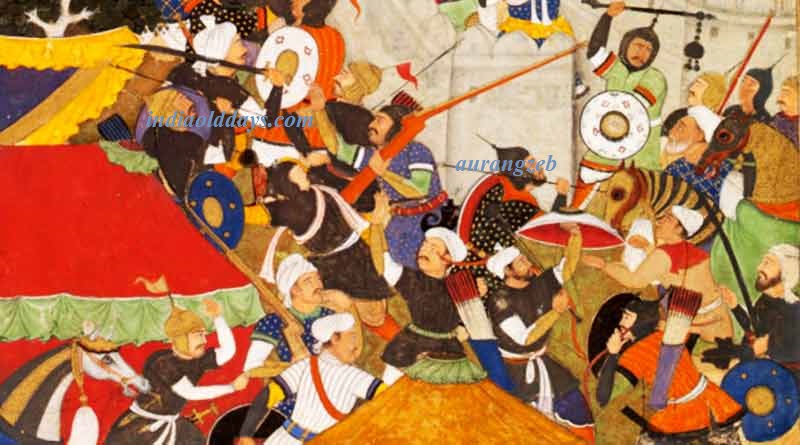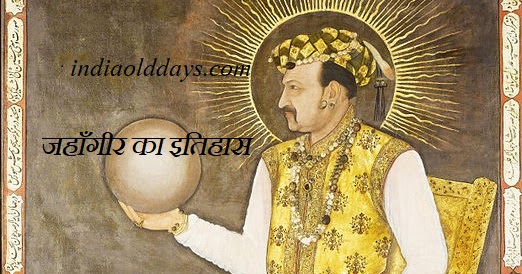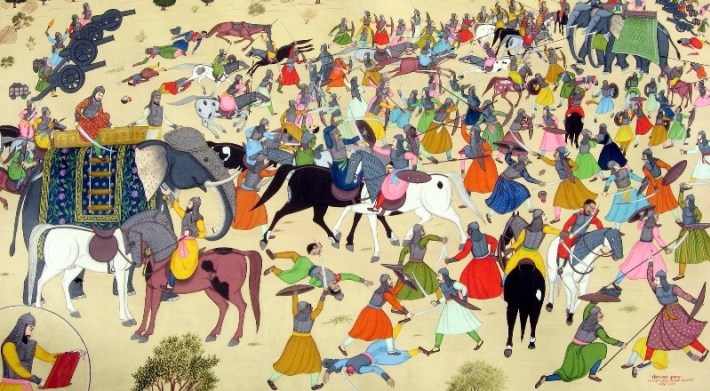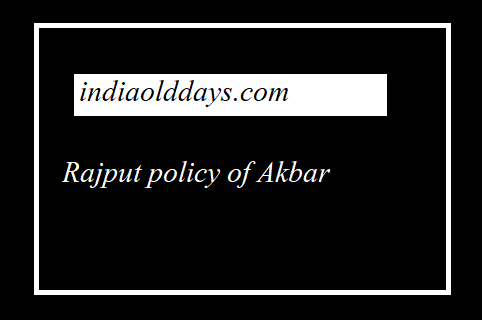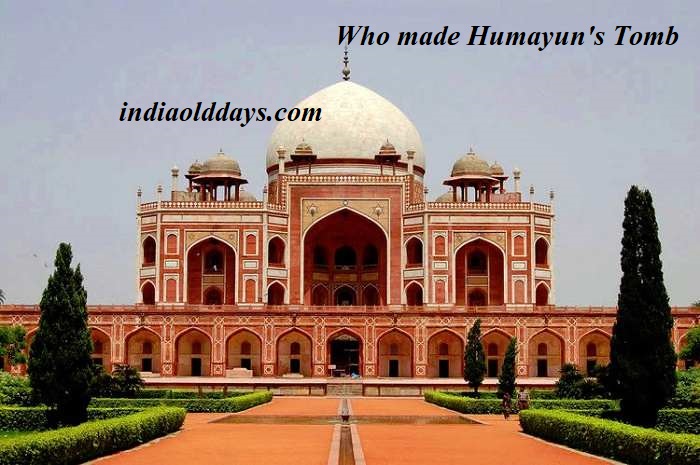Social, Religious and Economic situation in the period of Sangam
Social system-
The nature of ancient Tamil society was essentially tribal. But there was a gradual change in the agricultural sector. The old relation system was broken gradually and the Vedic caste system was being established, but in the Sangam era, division of caste is not visible clearly. There were no Kshatriya and Vaishya characters(caste).
Sangam caste- In the Sangam era, Commander was honored with the title of Aenadi. In Chol and Pandya states, the Bellar or the wealthy farmer were appointed on the post of both military and civilian officers. The ruling class was called Arsar And this class of people had marital relations with the Bellars. The farm worker was called the Cadassier. The words “Aatiyaur” and “Vilay vallaar” words are found for farm laborers. Apart from that, there were many business class also. Pulaiyan (caste) used to make a rope bunk. The people named Malawar lived on the northern border of the Tamil Pradesh, the robbery was their profession. Aniyar was a caste of predators.
There was the sharp social inequality in the Sangam era. Rich people lived in brick houses and poor people living in slums. There was untouchability , but not a slave system. The people who came under some special occupations were blacksmith(Kollam), carpenter (tachchan), trader of salt (Kaban), merchants of grain (Kulwa), merchants of textiles (Bevanikam) and gold traders (pon, vanikam). Later these merchants came under the caste system. The Tolkapian describes that Tamil society was divided into castes. According to this, the marriage was established by Arya as a ritual. (In Tamil Country) The innate romance of man and woman was called five Tinnai. One-sided love was called Kakkirai. Inappropriate love was called Peroondine.
Religious system –
Like the Arya-Bandit conflict in North India mentioned in the Rigveda, there was no element of conflict between the cultural contact of North and South India. Agastya and Kaudinya Rishi have a substantial relationship with South India. There are many temples known as Agasteshwar, where Shiva idols are established. According to a tradition, the priests of the Pandya dynasty were the priests of the Agastya clan. In such a traditional observation, it is believed that the Tamil language and grammar originated by the Agastya. According to Purananuru and Tolkapiyam, Agastya was related to Dwarka. Even in the Mahabharata or Puranas, the relation of Agastya has been clearly added in the expansion of agriculture in the South.
Tamil god- Murugan’s worship is the oldest in South India. Later, Murugan’s name became Subrahmanyam and this god was unified with the Skad-Karthikeya. The festival was to celebrate in the honor of Indra in Puhar. Koranabai was the Goddess of Victory. Murugan was the god of hunting. People of Baheliye caste used to worship Korralai and Shepherd used to worship Krishna.
The main deities that were worshiped at that time were: Kurunji (Mountain) – Murugan, Pallai (Nirjalasthal) – Koranawai, Mullaai (Jungle) – Meyan (Vishnu), Maroodam (plowed Area) – Indra, Neyatal (Beach) – Varun.
In this way, Sangam literature helps us to understand the political, economic and social status of the South. This literature has not only increased the heritage of Indian literature but has done an important link in Indian history by accurately depicting the then society.
Economic system-
There was economic redistribution gift. There were three types of people in the rich and powerful class, Vetar, Velit, Vellaar.
Trading– Barter system was the most common way of transactions. The barter system in Tamil Pradesh did not have a credit system. The fixed amount of loan could be taken on an object. Later the same item was returned in the same quantity and the same amount. This practice was called Kuritiraparai. The exchange rate was not fixed. Paddy and salt were only two things that had fixed exchange rates. Salt was given equally to the same amount of paddy.
Distant Business- The discussion of trade between north India and the remote south is known only from the fourth century BC. The path indicated by the ancient Buddhist texts used to go from the Ganges valley to the Godavari valley. It is known as Dakshinaapath. Kautilya has given many names for the South route. Most of the issues of trade between North and South were luxuries item, such as pearls, gems, and gold. There was also a trade of fine clothes. The northern black Mradbhand of the north was also popular in the remote south. Aahat coins are also found in South India.
Foreign Trade- The goods exported were spices, ratnaamanee, timber and ivory. According to Periplus, Tindis, Mujaris, Nelsinda were important ports on the west coast. Periplus also discusses a place named Aragudu or Uraiyur. The muslin named Argatik was exported from here. The author says that muslin was in Masalia in very large quantity. Ivory was the special production of Dosrane (Orissa) settled in the north. Puhar (Kaveri Pattanam) in the Chola state, Shaliyoor in the Pandya era, and Bander in Cher State are the important ports. Roman material is derived from the ancient capital of Cheron, Karuyur (Banjipur).The temple of the Roman emperor Agastya’s at Muzaris was built by the Romans. The place called Virukkampalia is in the form of the confluence site of Chor Chell and Pandya State. In addition to Rome, there was trade with Egypt, Arabia, China, and the Maldives. At this time, Sartwah who led the business (land route) caravan was called Basatusba and Marine Sartavah Mananikam.
Coins: The ancient Tamil literature gives knowledge of some coins, for example, Kashu, Kanam, Pone and Venpone. The craftsmen had to pay tax on their products, it was called Karukara.
Measures and weights – The land was measured according to subsistence. In the far south, Ma and Vali were the measurements of the land. The grain was weighed in Ambanam to give here tax. Probably this was a big unit of weighing. Nali, Ulaku, and Alaq were prevalent in the form of small weights.
Reference : https://www.indiaolddays.com/

